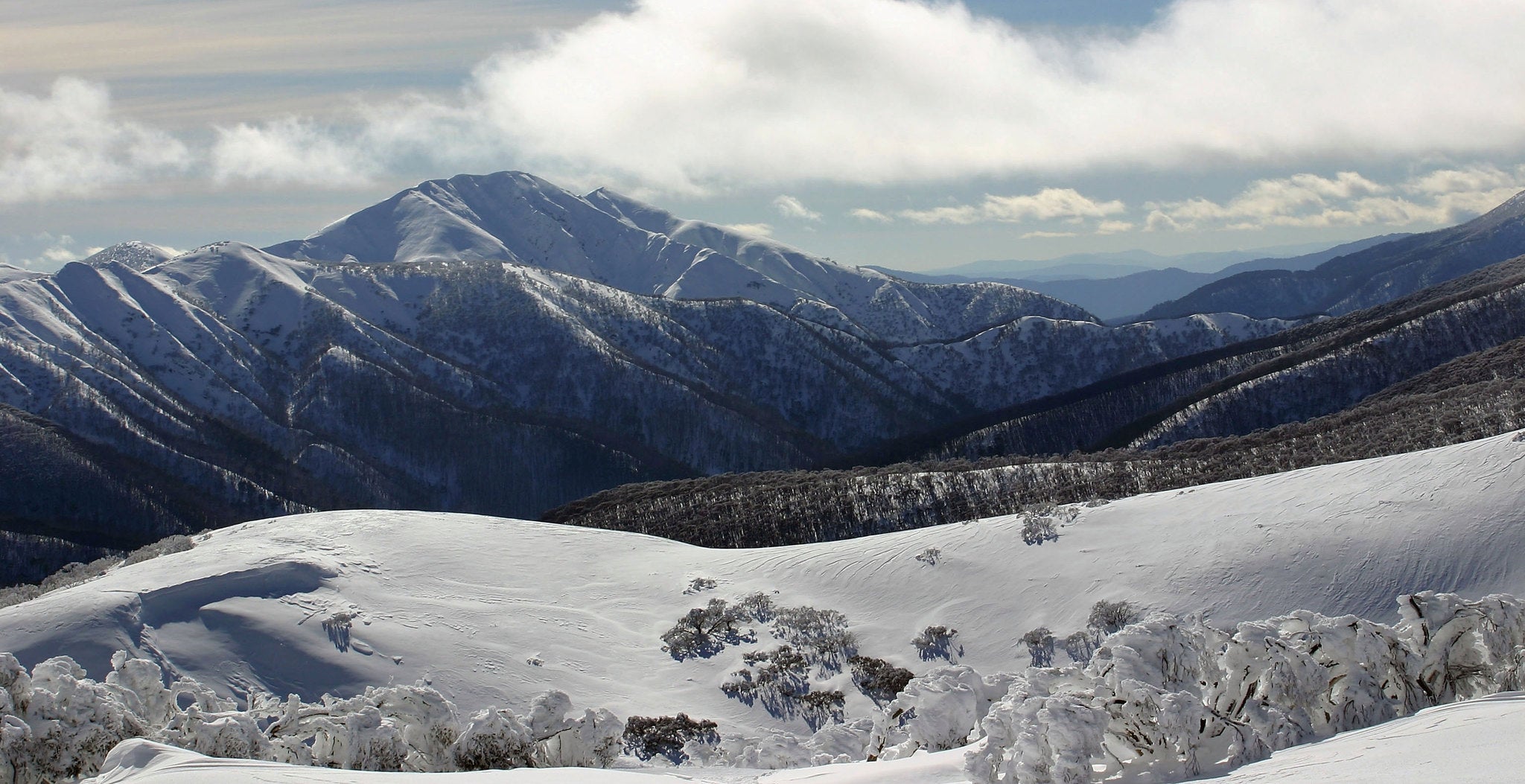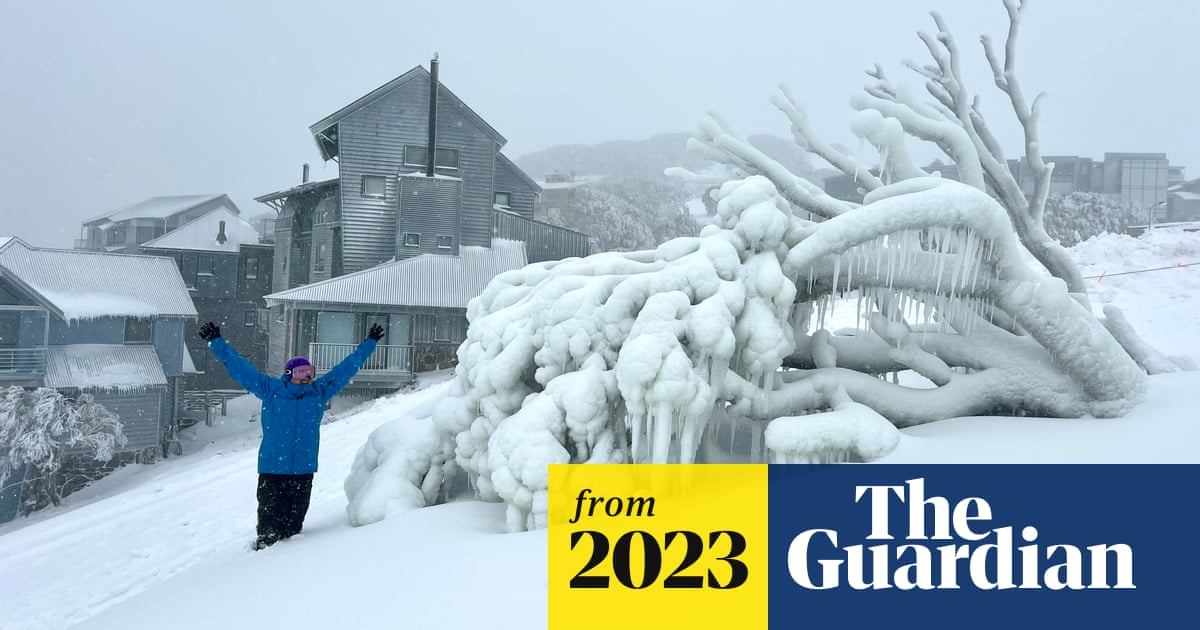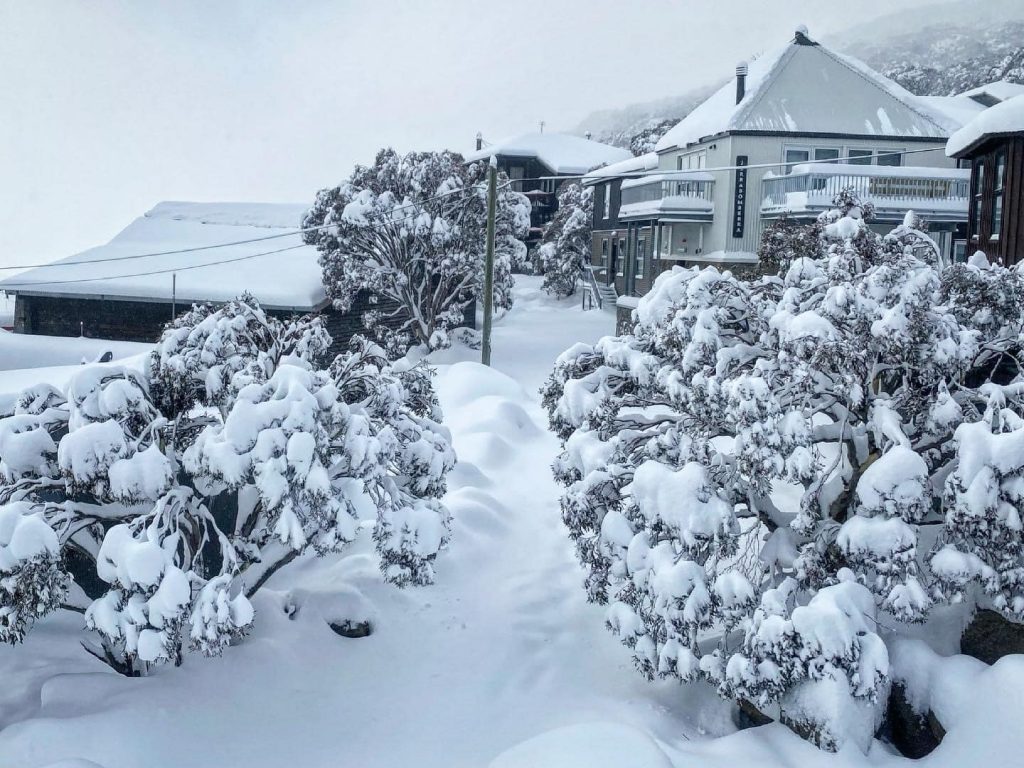Discover the Remarkable Effects of Snow in Australia on Local Ecological Communities
In spite of its track record for sun-soaked landscapes, Australia additionally flaunts areas blanketed by snow-- a phenomenon that profoundly influences the country's one-of-a-kind ecological communities. The insulating homes of snows shield flora and fauna among the coldest winters months, while the melting snow nurtures rivers and aquatic life. The actual wonder lies in exactly how these wintry conditions form the country's biodiversity and nutrient cycles. As we unwind this elaborate connection, we discover ourselves stepping on unexplored premises in Australia's high nation.
The Unanticipated Regions of Snowfall in Australia
Although Australia is typically connected with sun-scorched landscapes and sandy coastlines, particular areas remarkably experience snowfall. The high nation areas of New South Wales, Victoria, and Tasmania are particularly recognized for their winter months snow. The Snowy Hills in NSW, as an example, get abundant seasonal snow, supplying a plain contrast to the country's typical warm, dry climate. The Victorian Alps and parts of Tasmania likewise see annual snowfalls, transforming the landscape right into a wintertime heaven. These areas are not just abnormalities however essential components of Australia's varied environment system. The presence of snow in these regions considerably influences neighborhood environments, consequently impacting the nation's unique biodiversity. The certain impact on Australia's distinctive plants will certainly be talked about in the next section.

Exactly How Snow Impacts Australia's Special Vegetation
While it might seem uncommon, snowfall in Australia plays a critical function in shaping the nation's unique plants. The snow-filled wintertimes foster strength in Australian plant types. This is specifically apparent in the sub-alpine and alpine areas, where snow gums and hill plum-pines flourish. These plants have actually developed to make it through in severe conditions, with snow functioning as a protective covering from freezing temperature levels and extreme winds. The snow also adds to the dampness web content of the soil, giving required hydration for plant life during the completely dry summer season. Basically, the snow affects the timing of flowering and seed dispersal, the growth rates, and the survival of several plant varieties, showcasing the elaborate interaction between environment and vegetation in Australia.

The Adjustments of Australian Animal to Snowfall
Just as Australia's vegetation has adapted to the wintery conditions, the neighborhood animals also, exhibit remarkable adaptations to the snowfall. It uses the snow as insulation, hibernating in rock gaps beneath the snow to remain warm. The Snow Skink, a types of reptile, changes its colour to white throughout wintertime, offering camouflage against killers.
The Function of Snow in Forming Regional Environments
In forming the local environments, the role of snow in Australia is both multilayered and profound. It affects the circulation of vegetation and fauna, mostly defining the biodiversity of alpine and sub-alpine regions. Snow supplies an important water source, feeding rivers and storage tanks as it thaws, hence sustaining a range of water life types. In addition, snow works as an insulator, protecting ground-dwelling microorganisms from severe cold. Likewise, it plays a significant duty in dirt development and nutrient biking. The routine cold and thawing of soil caused by snowfall promotes the break down of rocks, enhancing dirt fertility. As a result, the existence of snow shapes the plants patterns, pet behavior, and general sustainability of Australia's one-of-a-kind ecosystems. Does Snow In Australia Australia Get Snow.

The Future of Snowfall in Australia: Forecasts and Implications

Offered the critical duty snow plays in shaping local communities, the future of snowfall in Australia is attracting raising interest from conservationists and scientists. Current climate models anticipate a substantial decrease in snowfall because of global warming, with potentially extensive effects on regional ecological communities. Less snow could cause minimized water accessibility in towering regions, adversely impacting wildlife habitats and plant life. It might alter the timing of seasonal changes, interrupting the life cycles of lots of indigenous types. The tourism industry, greatly dependent on the winter season snow season, might also encounter significant challenges. For that reason, comprehending these predictions and their ramifications is crucial to develop reliable preservation approaches, making certain the preservation of Australia's one-of-a-kind biodiversity and the sustainability of its economic situation.
Verdict
The duty of snow in Australia's ecological communities is crucial yet often forgotten. It acts as a guard, a nurturer, and a shaper of diverse alpine varieties, contributing to the splendor of Australia's high country. As climatic patterns proceed to shift, comprehending the effects and prospective transformations of these snow-influenced ecological communities is crucial. Therefore, the snow in Australia is greater than an all-natural phenomenon; it's a crucial player in the country's ecological narrative.
Regardless of its reputation for sun-soaked landscapes, Australia likewise boasts areas buried by snow-- a phenomenon that profoundly influences the country's special ecological communities. It utilizes the snow as insulation, hibernating in rock crevices below the snow to remain cozy - Does Australia Get Snow.In forming the regional environments, the function of snow in Australia is both extensive and multilayered. The presence of snow forms the plants patterns, animal habits, and general sustainability of Australia's one-of-a-kind environments
Given the crucial function snow plays in forming regional ecological communities, the future of snowfall in Australia is drawing raising attention from researchers and conservationists.